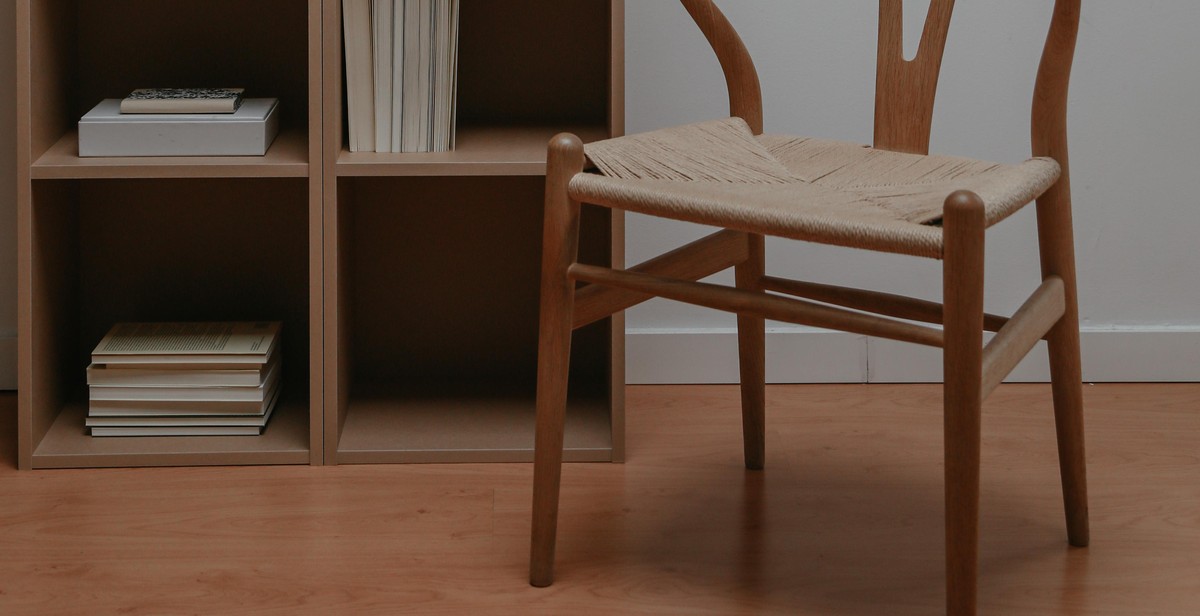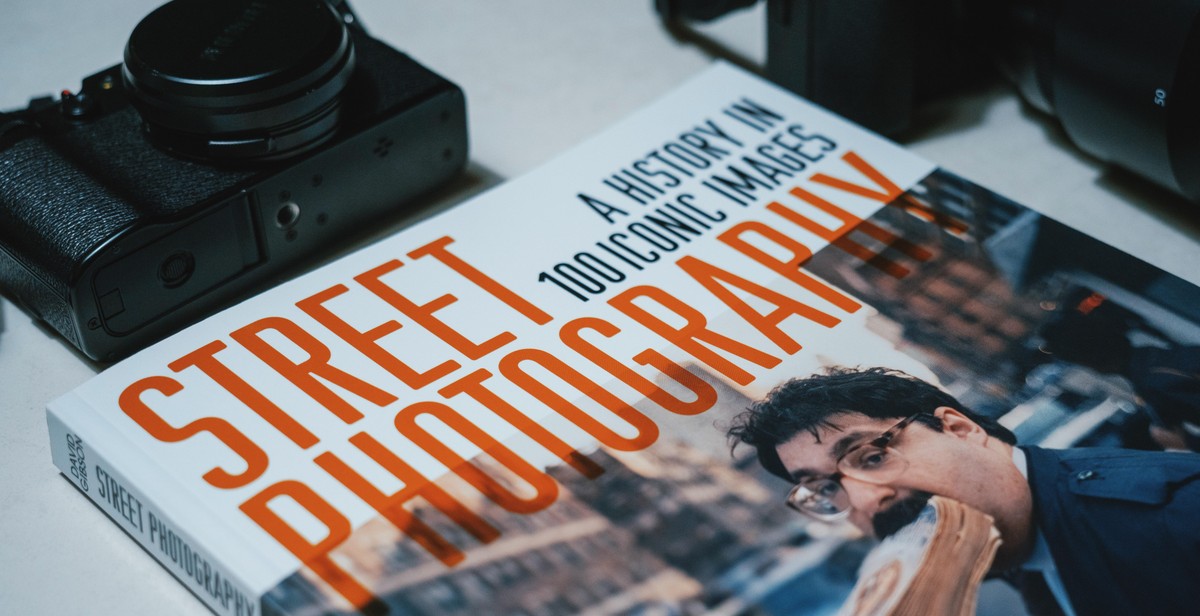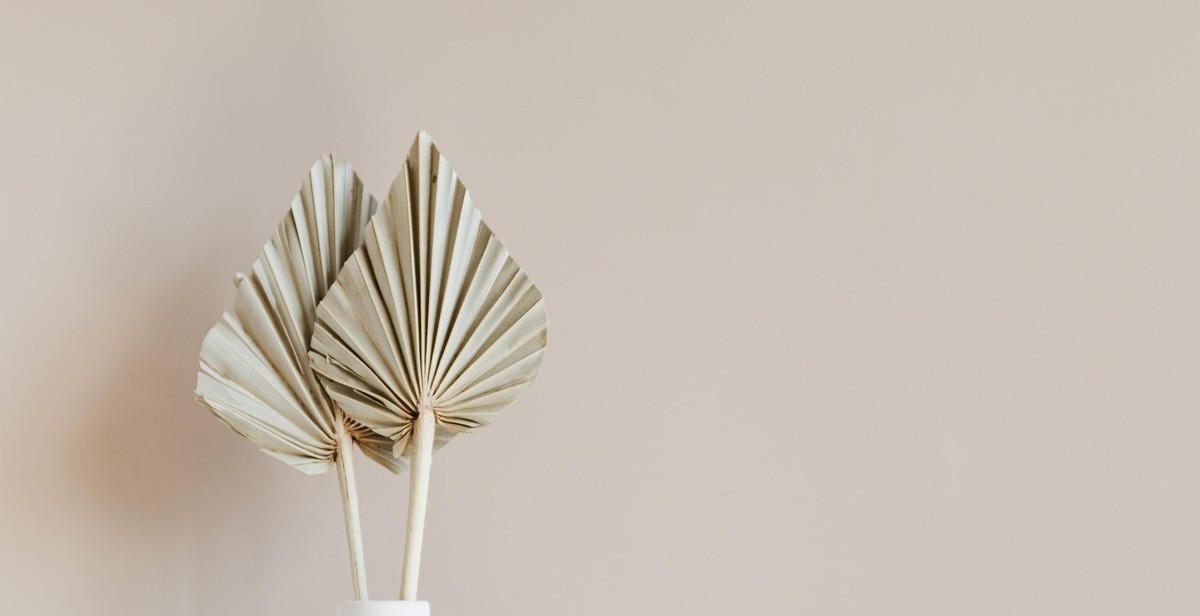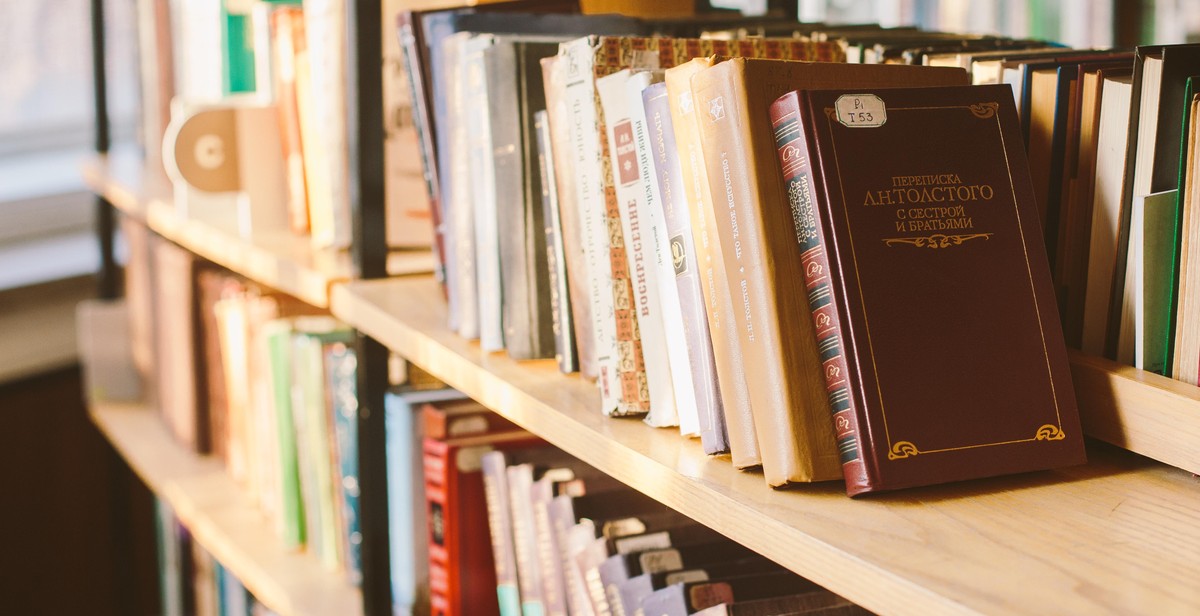How to Organize Your Bookshelf: Creative and Efficient Ways to Arrange Your Books
If you are a book lover, you know that organizing your bookshelf can be a daunting task. With so many books, it can be hard to find the one you are looking for. However, organizing your bookshelf is not just about making it look neat and tidy. It has many benefits that can help you in your daily life.
Why Organizing Your Bookshelf is Important
- Easy Access: When you organize your bookshelf, you can easily find the book you are looking for. You don’t have to spend hours searching for it.
- Save Time and Energy: Organizing your bookshelf can save you time and energy. You don’t have to waste time looking for a book and you can use that time to do other things.
- Reduce Stress: A cluttered bookshelf can be stressful. Organizing it can reduce stress and make you feel calm and relaxed.
- Improve Productivity: When you organize your bookshelf, you can improve your productivity. You can easily find the books you need for your work or studies.
- Showcase Your Collection: If you have a large collection of books, organizing your bookshelf can help you showcase your collection and make it look more impressive.
In this article, we will discuss creative and efficient ways to organize your bookshelf. We will provide tips and tricks that will help you make the most of your bookshelf and keep it organized for years to come.

Step 1: Declutter Your Bookshelf
Before you can start organizing your bookshelf, it’s essential to declutter and assess your book collection. This step is crucial because it helps you get rid of books you no longer need or want and create space for new ones. Here’s how to declutter your bookshelf:
Assess Your Book Collection
The first step is to go through your entire book collection and assess each book’s value. Consider the following:
- When was the last time you read the book?
- Do you plan on reading it again?
- Is it a reference book that you frequently use?
- Does it have sentimental value?
By answering these questions, you can determine which books are worth keeping and which ones you can get rid of.
Decide What to Keep and What to Get Rid Of
Once you’ve assessed your book collection, it’s time to decide which books to keep and which ones to get rid of. Consider the following:
- Keep books that you love, that have sentimental value, or that you plan on reading again.
- Get rid of books that you don’t enjoy, that you’ve never read, or that you don’t plan on reading again.
- If you have duplicates or multiple editions of the same book, keep the one that’s in the best condition and get rid of the others.
Donate or Sell Unwanted Books
Once you’ve decided which books to get rid of, you can either donate them or sell them. Consider the following:
- Donate books to your local library, school, or charity.
- Sell books online or at a garage sale.
- Consider giving books as gifts to friends or family members.
By decluttering your bookshelf, you’ll create space for new books and make your book collection more manageable. Plus, you’ll feel a sense of accomplishment and satisfaction knowing that you’ve organized your books efficiently.

Step 2: Categorize Your Books
Once you have purged your bookshelf of any unwanted books, it is time to categorize the remaining books. This step is crucial as it helps to create a sense of order and makes it easier to locate books when you need them. Here are some of the most effective ways to categorize your books:
Sort Books by Genre or Topic
One of the most common ways to categorize books is by genre or topic. This method involves grouping books together based on their content. For instance, you can group all your mystery novels in one section, all your biographies in another, and so on. Sorting your books by genre or topic makes it easier to find books that match your current mood or interest.
Consider Alphabetizing Your Books
Alphabetizing your books is another effective way to categorize them. This method involves arranging books in alphabetical order based on their title, author, or subject. Alphabetizing your books makes it easier to locate books quickly, especially if you have a large collection of books.
Separate Books by Format or Size
If you have a mix of hardcover and paperback books, you may want to separate them by format. This method involves grouping books together based on their physical attributes, such as size, cover type, or binding. Separating books by format or size can help create a visually appealing display and make it easier to organize books that do not fit well together.
| Pros | Cons |
|---|---|
| Organizes books by content | May require frequent rearrangement |
| Makes it easier to find books | May not work for all types of books |
| Creates a visually appealing display | Can be time-consuming |
Ultimately, the method you choose to categorize your books will depend on your personal preferences and the size of your collection. You may even choose to combine different methods to create a customized system that works best for you.

Step 3: Choose an Organizational System
Now that you have decluttered your book collection and cleaned your bookshelf, it’s time to choose an organizational system that works best for you. Here are some creative and efficient ways to arrange your books:
Arrange Books by Color
Arranging books by color is a visually stunning and fun way to organize your bookshelf. This method involves grouping books by the color of their spines, creating a rainbow effect on your shelf. Not only is it aesthetically pleasing, but it also makes it easy to find books based on their cover color.
Organize Books by Height or Size
Organizing your books by height or size is a classic method that creates a clean and structured look. This method involves arranging books from tallest to shortest or vice versa, or grouping books of similar sizes together. It’s a great way to make the most out of your bookshelf space.
Create a Reading List Shelf
Creating a reading list shelf is a great way to prioritize the books you want to read. This method involves designating a specific shelf for books you haven’t read yet or want to read again. It will help you keep track of your reading goals and motivate you to read more.
Arrange Books by Author or Series
Arranging books by author or series is a practical method for book lovers who have a favorite author or series. This method involves grouping books by author or series, making it easy to find and read books in order. It’s a great way to keep your favorite books together and organized.
Group Books by Mood or Theme
Grouping books by mood or theme is a unique and personal way to organize your bookshelf. This method involves grouping books by similar themes or genres, creating a cohesive and personalized look. It’s a great way to express your personality and create a bookshelf that reflects your interests.
| Organizational System | Advantages | Disadvantages |
|---|---|---|
| Arrange Books by Color | Visually stunning, easy to find books based on cover color | Difficult to find books based on author or title, not practical for large collections |
| Organize Books by Height or Size | Clean and structured look, makes the most out of space | Difficult to find books based on author or title, not practical for large collections |
| Create a Reading List Shelf | Prioritizes reading goals, motivates to read more | Not practical for large collections, may limit access to other books |
| Arrange Books by Author or Series | Practical for favorite authors or series, easy to find books in order | Not visually stunning, not personalized |
| Group Books by Mood or Theme | Unique and personal, reflects interests and personality | Not practical for large collections, difficult to find books based on author or title |

Step 4: Add Decorative Elements
After arranging your books in a functional and aesthetically pleasing way, it’s time to add decorative elements to your bookshelf. Adding decorative elements can help elevate the look of your bookshelf and make it more visually appealing. Here are some ideas:
Incorporate Plants or Artwork
One way to add some life to your bookshelf is by incorporating plants. Plants not only add a pop of color but also help purify the air in your home. You can choose to add a single plant or a cluster of plants to your bookshelf. Some great plant options for bookshelves include succulents, air plants, and small potted plants.
If you’re not a fan of plants, you can also incorporate artwork to your bookshelf. Artwork can add a personal touch to your bookshelf and make it more unique. You can choose to hang artwork on the wall behind your bookshelf or place it on the shelves themselves.
Use Bookends and Book Accessories
Bookends are a great way to add some personality to your bookshelf. They not only help keep your books upright but also come in a variety of shapes and sizes. You can choose bookends that match the theme of your bookshelf or ones that showcase your personality.
Another way to add some flair to your bookshelf is by using book accessories. Bookmarks, reading lights, and reading glasses are all great accessories that can be used to enhance the look of your bookshelf.
Add Personal Touches
Finally, adding personal touches to your bookshelf can make it feel more like home. You can add family photos, trinkets from your travels, or other sentimental items to your bookshelf to make it more personal. Just be sure to not overcrowd your bookshelf with too many personal items.
| Decorative Elements | Benefits |
|---|---|
| Plants | Adds color and purifies the air |
| Artwork | Adds a personal touch and uniqueness |
| Bookends | Keeps books upright and adds personality |
| Book accessories | Enhances the look of the bookshelf |
| Personal touches | Makes the bookshelf feel more like home |
By incorporating these decorative elements, you can take your bookshelf to the next level and make it a focal point in any room.

Conclusion
Organizing your bookshelf is not just about keeping your books in order, but it is also about creating a beautiful and functional space in your home. Whether you prefer to arrange your books by color, size, or author, there is a method that will work for you.
In this article, we have explored several creative and efficient ways to organize your bookshelf. From using bookends and baskets to incorporating decorative elements and creating a color-coded system, there are many options to choose from.
When organizing your bookshelf, it is also important to consider the size and layout of your space. A small bookshelf may require a different approach than a large one, and you may need to get creative with storage solutions.
Ultimately, the key to organizing your bookshelf is to find a system that works for you and stick to it. Whether you choose to alphabetize your books or arrange them by genre, the important thing is to create a space that is functional, visually appealing, and reflective of your personal style.
So, take some time to assess your book collection and consider which organizing method will work best for you. With a little effort and creativity, you can transform your bookshelf into a beautiful and organized space that you will love to show off to your friends and family.
